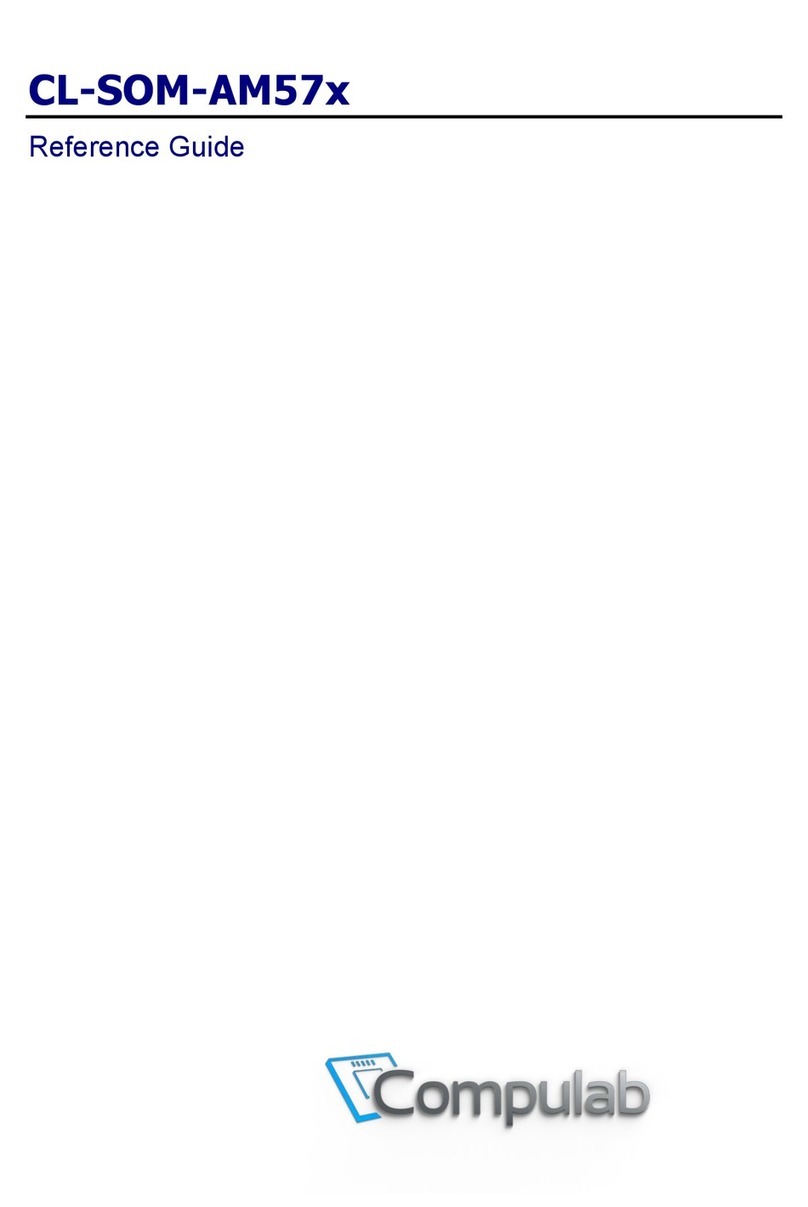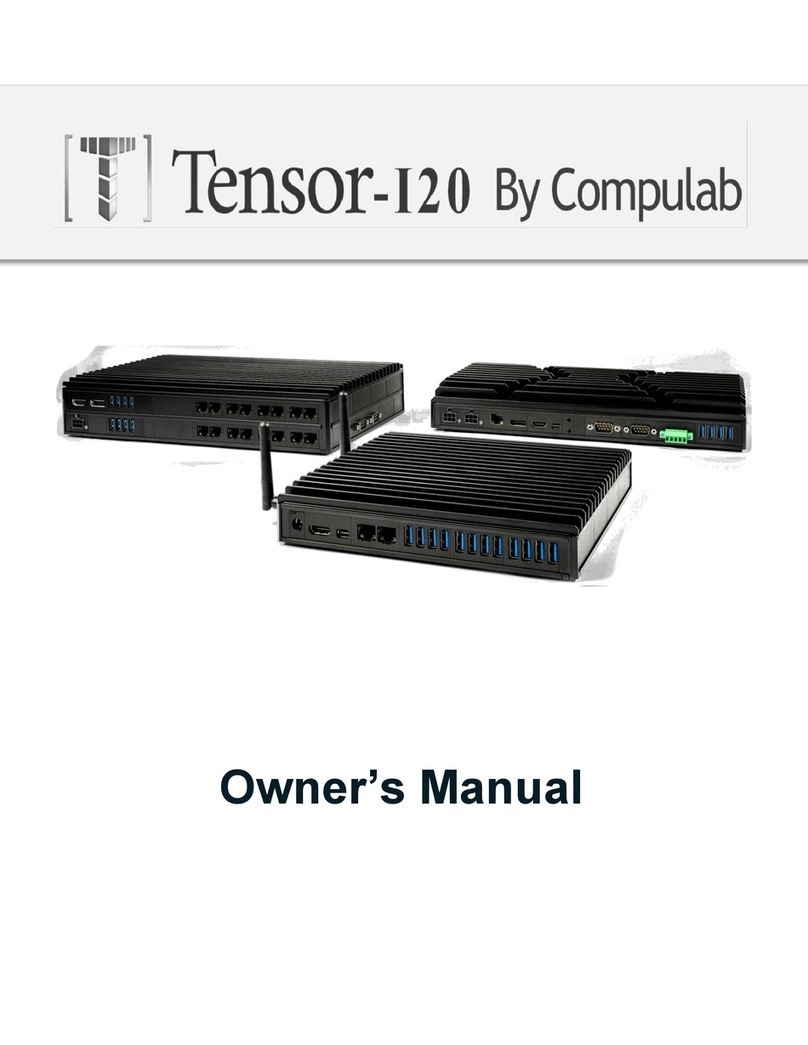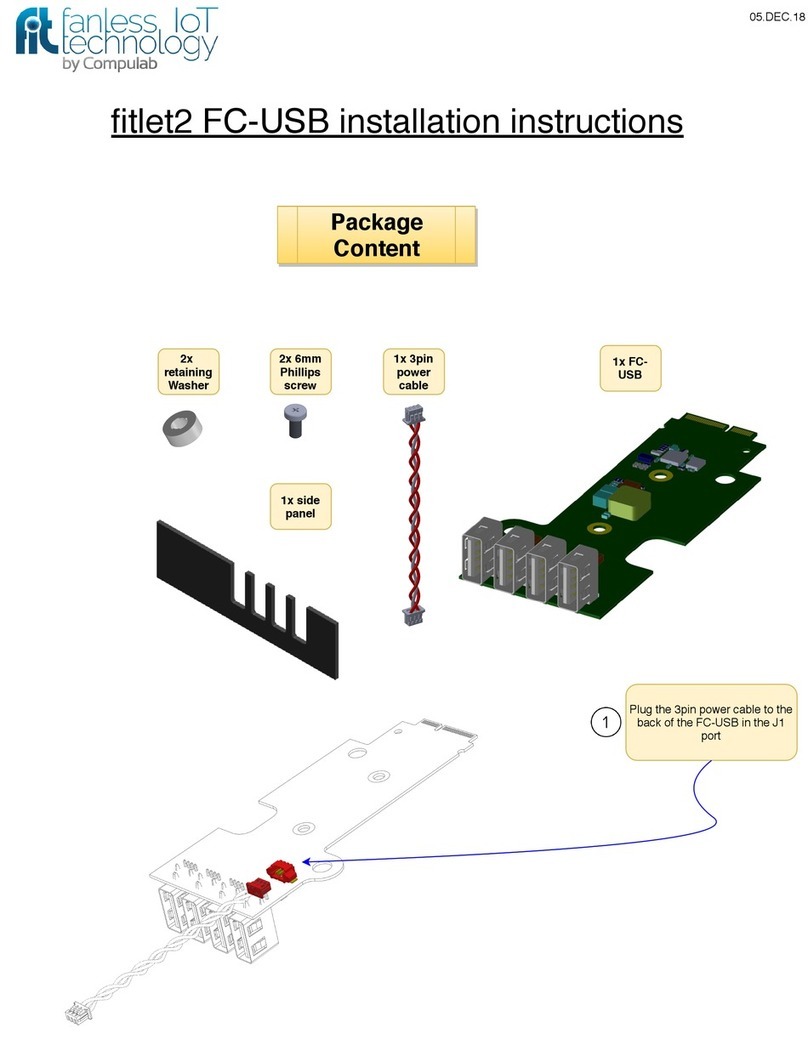
Table of Contents
Revised May 2023 UCM-iMX93 Reference Guide 3
Table of Contents
1INTRODUCTION ....................................................................................................... 6
1.1 About This Document ..................................................................................................6
1.2 UCM-iMX93 Part Number Legend ...............................................................................6
1.3 Related Documents .....................................................................................................6
2OVERVIEW............................................................................................................... 7
2.1 Highlights .....................................................................................................................7
2.2 Block Diagram ..............................................................................................................7
2.3 Specifications ...............................................................................................................8
3CORE SYSTEM COMPONENTS................................................................................. 10
3.1 i.MX93 System-on-Chip .............................................................................................10
3.2 Memory .....................................................................................................................10
3.2.1 DRAM................................................................................................................10
3.2.2 Bootloader and General Purpose Storage........................................................10
4PERIPHERAL INTERFACES ....................................................................................... 11
4.1 Display Interfaces.......................................................................................................12
4.1.1 MIPI-DSI ............................................................................................................12
4.1.2 LVDS Interface ..................................................................................................12
4.2 Camera Interface .......................................................................................................13
4.3 Audio Interfaces.........................................................................................................13
4.3.1 S/PDIF ...............................................................................................................13
4.3.2 SAI .....................................................................................................................14
4.3.3 MQS ..................................................................................................................15
4.4 Ethernet .....................................................................................................................16
4.4.1 Gigabit Ethernet ...............................................................................................16
4.4.2 RGMII ................................................................................................................17
4.5 WiFi and Bluetooth Interfaces...................................................................................19
4.6 USB.............................................................................................................................19
4.7 MMC / SD /SDIO ........................................................................................................20
4.8 FlexSPI........................................................................................................................21
4.9 UART ..........................................................................................................................22
4.10 CAN-FD ..................................................................................................................25
4.11 SPI..........................................................................................................................26
4.12 I2C .........................................................................................................................28
4.13 I3C .........................................................................................................................29
4.14 Timer/Pulse Width Modulation ............................................................................30
4.15 ADC........................................................................................................................31
4.16 Tamper ..................................................................................................................31































